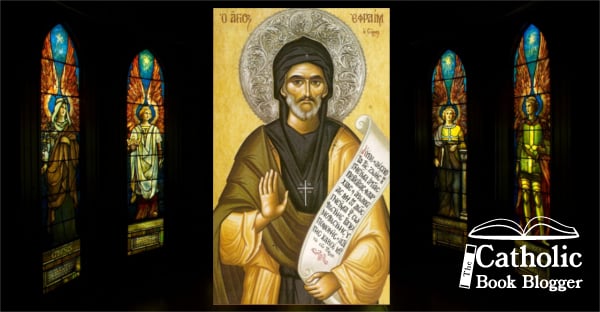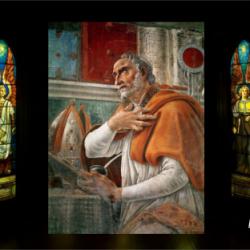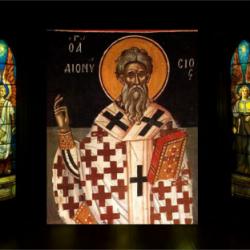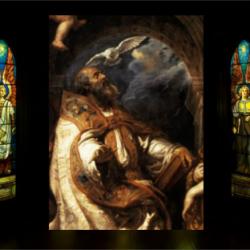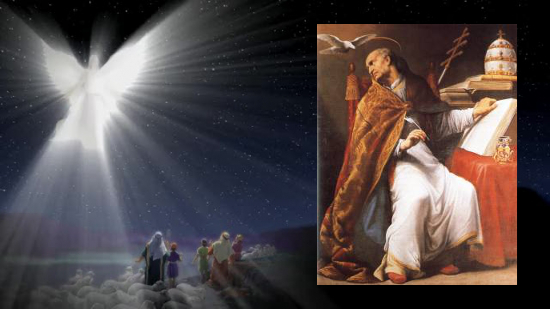 Meditating on the first appearance of Satan in Job, St. Gregory the Great looks at the setting: “there was a day.” Why does Scripture specify a certain day? St. Gregory offers one symbolic interpretation.
Meditating on the first appearance of Satan in Job, St. Gregory the Great looks at the setting: “there was a day.” Why does Scripture specify a certain day? St. Gregory offers one symbolic interpretation.
Or, considering that Satan was there as well, was Holy Scripture intend- ing to point out, by saying that this happened on a certain day, that in the light God saw the darkness?
We cannot take in light and darkness in the same view. When the eye looms on the darkness, the light retreats. When the eye turns to the shining rays of light, the shadows of the darkness vanish.
But to that Power who unchangeably sees all changeable things, Satan was present as in the day. The light of God takes in undimmed the darkness of the fallen angel.
As I said, we cannot look in one view both at the objects that we approve and choose, and at the objects we condemn and reject. Whenever the mind is tuned to one, it turns away from the other, and when it is brought back to the second it turns away from the first.
But God sees everything at the same moment without changing. So Satan is said to come before him on a day, meaning that the light of God’s eternity is impervious to any cloud of change. –St. Gregory the Great, Moralia in Job, 2.36-37
IN GOD’S PRESENCE, CONSIDER . . .
Given the choice, do I look more toward the darkness of the fallen angels or toward the light of God?
CLOSING PRAYER
Lord, scatter the darkness of sin within me. Save me from the devil and his temptations, and bring me up from the depths of darkness into light.
____________________________________________________________________________________________________________
Remember to subscribe to my feed so you will not miss a day! This recurring feature at The Catholic Blogger is possible through the cooperation of author Mike Aquilina and publisher Saint Benedict Press. To get your own copy of this book, click below.



